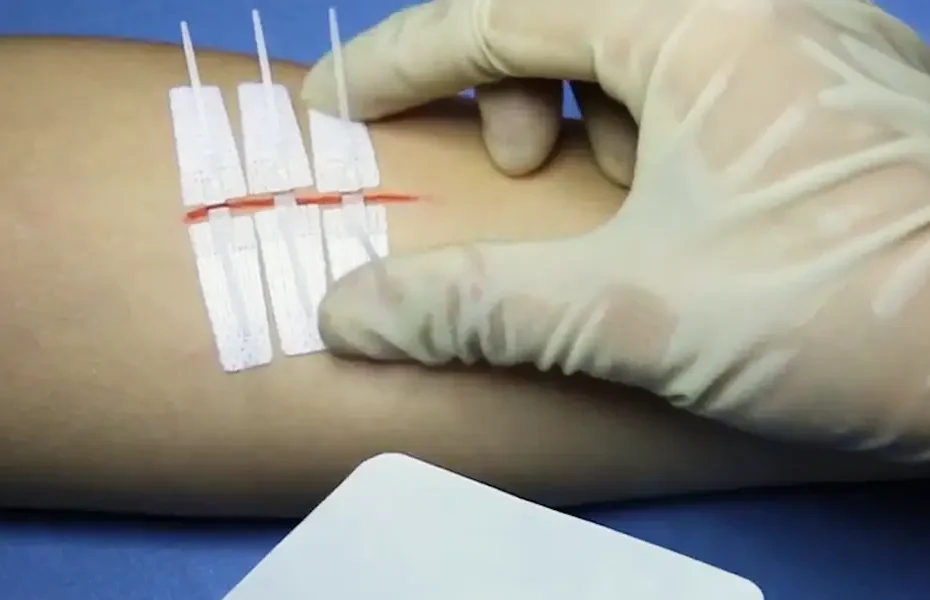In the world of fast-paced innovation and technological advancement, it’s easy to overlook the humble yet indispensable products that quietly revolutionize our daily lives. One such unsung hero in the realm of everyday convenience is the adhesive strip. From medical applications to industrial uses and household fixes, adhesive strips have become an integral part of our modern existence. In this article, we will delve into the diverse world of adhesive strips, exploring their origins, evolution, and the myriad ways in which they play a crucial role in our daily lives.
A Brief History
Adhesive strips, often colloquially referred to as band-aids or tape, have a fascinating history that dates back centuries. The concept of using adhesives for medical purposes can be traced as far back as ancient Egypt, where various plant-based substances were combined with resin to create rudimentary bandages. However, it wasn’t until the early 20th century that adhesive strips, as we know them today, began to take shape.
The Evolution of Adhesive Technology
The development of adhesive technology took a significant leap forward with the introduction of pressure-sensitive adhesives (PSAs) in the 1920s. These adhesives allowed for easy application and removal without the need for heat or solvents. This breakthrough laid the foundation for the widespread use of adhesive strips in various industries.
In the 1930s, the first commercially successful adhesive bandage was introduced by Earle Dickson, an employee of Johnson & Johnson. His invention, which later became known as the Band-Aid, featured a combination of sterile gauze and adhesive tape. This innovation revolutionized wound care and set the stage for the mass production of adhesive strips.
Medical Applications
Adhesive strips have become synonymous with first aid and wound care. Their primary function is to provide a protective barrier for minor cuts, abrasions, and wounds. The adhesive ensures that the strip stays in place, keeping the wound clean and aiding in the natural healing process.
Moreover, advancements in medical adhesive technology have led to specialized strips designed for specific purposes. Waterproof and breathable variants are now available, allowing for extended wear and protection even in challenging environments. These innovations have not only improved the efficacy of wound care but also enhanced the overall comfort for the user.
Beyond wound care, adhesive strips play a crucial role in medical diagnostics. Adhesive strips with integrated sensors are used for continuous monitoring of various physiological parameters, offering a non-invasive and convenient solution for patients and healthcare professionals alike.

Industrial Applications
The utility of adhesive strips extends far beyond the realm of healthcare. In industries such as manufacturing, construction, and automotive, adhesive strips serve as versatile tools for bonding, sealing, and securing various components.
Double-sided adhesive tapes, for instance, have become indispensable in the assembly of electronic devices. The ability to securely bond components without the need for traditional fasteners has streamlined production processes and contributed to the miniaturization of electronic gadgets.
In construction, adhesive strips are used for bonding materials, such as glass, metal, and composite panels. The strength and durability of these adhesives have made them a preferred choice in applications where traditional methods may be impractical or less efficient.
Household Fixes and DIY Solutions
Adhesive strips are the unsung heroes of countless household fixes and do-it-yourself (DIY) projects. From mending a torn page in a favorite book to temporarily fixing a broken strap on a backpack, adhesive strips offer quick and efficient solutions.
The versatility of adhesive strips is exemplified by their use in home decor. Removable adhesive strips allow for the easy hanging and rearranging of pictures, posters, and decorations without damaging walls or surfaces. This has transformed the way people approach interior design, offering a hassle-free alternative to nails and screws.
Environmental Considerations
As the use of adhesive strips continues to grow, there is an increasing focus on developing eco-friendly alternatives. Traditional adhesive strips, often made from a combination of plastics and adhesives, can contribute to environmental waste. Manufacturers are now exploring biodegradable materials and sustainable adhesives to reduce the ecological impact of these products.
Conclusion
In conclusion, adhesive strips, though often overlooked, are an integral part of our daily lives, providing solutions to a wide array of challenges in medicine, industry, and household settings. From their humble origins to the sophisticated technologies of today, adhesive strips have come a long way in reshaping how we approach wound care, manufacturing, and DIY projects.
As we continue to innovate and seek sustainable solutions, the role of adhesive strips is likely to evolve further. Whether in the form of advanced medical dressings, high-performance industrial tapes, or eco-friendly household fixes, adhesive strips will undoubtedly remain a constant presence, quietly contributing to the convenience and efficiency of our modern world.
